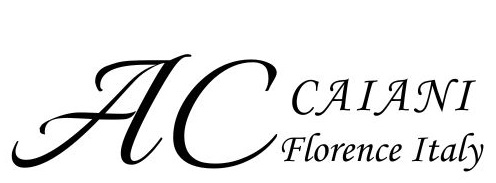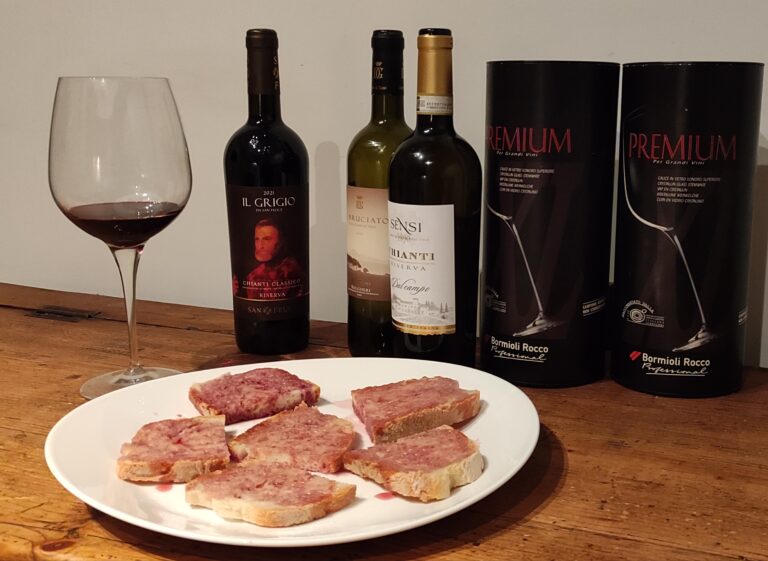🍷 Traditional Florentine Snack: Pane, Vino e Zucchero — A Taste of Childhood and Tuscan Soul
In Florence, simplicity often hides profound beauty. Pane, Vino e Zucchero—literally “bread, wine, and sugar”—is one of those quietly magical traditions. This rustic snack, once a staple of childhood afternoons, captures the essence of Tuscan ingenuity: transforming humble ingredients into something deeply comforting and unexpectedly delicious.
🥖 Ingredients and Preparation: Three Elements, Infinite Emotion
Though the recipe is simple, each component plays a vital role in creating the perfect balance of texture and flavor.
🥖 Pane (Bread)
Traditionally, Florentines use rustic Tuscan bread, known for its unsalted character. This absence of salt isn’t a flaw—it’s intentional. It allows the wine and sugar to shine without interference.
- The bread is sliced thickly, often using slightly stale slices, which absorb the wine beautifully.
- Whether fresh from the oven or leftover from the day before, it becomes the canvas for this nostalgic masterpiece.
🍷 Vino (Wine)
Next comes the soul of the snack: red wine, preferably a young Chianti or another local Tuscan variety.
- The wine is poured generously over the bread, soaking it until it’s moist but not soggy.
- Its acidity and depth contrast perfectly with the sweetness that follows.
While red wine is traditional, some families opt for white wine or even dessert wines, adding their own twist to the ritual.
🍬 Zucchero (Sugar)
Finally, a generous sprinkle of granulated sugar transforms the dish.
- The sugar doesn’t fully dissolve, creating a delightful crunch against the soft, wine-soaked bread.
- This sweet layer balances the tartness of the wine and the neutrality of the bread, resulting in a flavor that’s both rustic and refined.
🍽️ How to Enjoy Pane, Vino e Zucchero: A Snack with Soul
This snack is best enjoyed immediately after preparation, while the bread is still tender and the sugar sparkles on top.
- It’s often served as a merenda—a late afternoon snack—or as a simple dessert after a family meal.
- For many Florentines, it evokes memories of grandparents’ kitchens, sunlit courtyards, and the carefree joy of childhood.
Even today, it remains a beloved treat, passed down through generations with quiet reverence.
🧭 Variations: A Personal Touch
Although the classic version uses red wine and Tuscan bread, variations abound.
- Some prefer white wine for a lighter flavor.
- Others use sweet wines like Vin Santo for added richness.
- Occasionally, the bread is toasted for extra texture, or flavored sugars are used to enhance the sweetness.
No matter the variation, the heart of the snack remains unchanged: it’s about simplicity, memory, and pleasure.
🕰️ Cultural Significance: A Taste of Tuscan Ingenuity
More than just a snack, Pane, Vino e Zucchero tells a story.
- It reflects a time when resourcefulness was essential, and local ingredients were cherished.
- It celebrates the Tuscan ability to create joy from what’s available—no frills, no fuss, just flavor.
For older generations, it’s a portal to the past. For newcomers, it’s a delicious introduction to the soul of Florentine cuisine.
✨ Conclusion: A Bite of History, A Spoonful of Joy
Ultimately, Pane, Vino e Zucchero is more than a recipe—it’s a feeling. With just three ingredients, it delivers a taste that’s sweet, nostalgic, and unmistakably Florentine.
Whether you’re exploring Tuscan culinary traditions or simply craving something heartfelt and unique, this humble snack offers a moment of pure, rustic pleasure. So pour the wine, slice the bread, and sprinkle the sugar—because sometimes, the simplest things are the most unforgettable.

